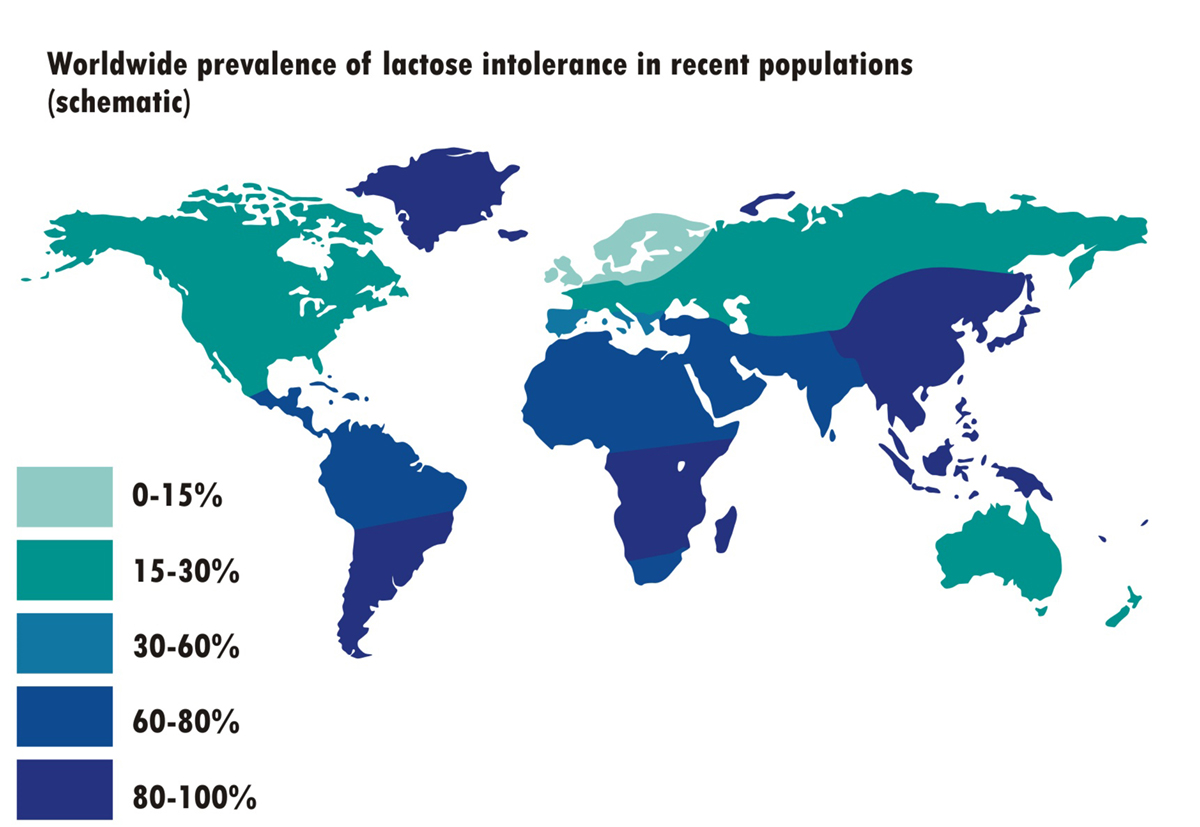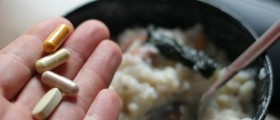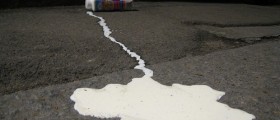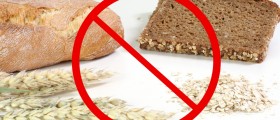
Introduction to Lactose Intolerance
Lactose is the sugar that is found in milk and foods made from it. In order for the body to digest it, it needs to be split into two parts (glucose and galactose). This is achieved with the help of lactase (an enzyme that is produced by the lining of the small intestine). Lactose intolerance means that there isn’t enough lactase to digest the sugar.
It is estimated that almost 75 per cent of adults experience some form of lactose intolerance during their lifetime. However, only those who have low levels of lactase and experience the symptoms are said to have lactose intolerance.
Causes
There are three types of lactose intolerance:
Primary lactose intolerance. During childhood, the body produces a lot of lactase because milk is the basic source of nutrition. As a person gets older, the production decreases. This may cause lactose intolerance in some people.Secondary lactose intolerance. The small intestine decreases the production of lactase because of some injury or illness (like an inflammatory bowel disease, or gastroenteritis, etc) that destroys the lining of the small intestine. Usually, as the illness is treated and cured, the symptoms of lactose intolerance will disappear, although this takes time.Congenital lactose intolerance. This is a very rare form. Some babies have a mutation in the gene that is responsible for producing lactase, and the symptoms present themselves shortly after birth. They should be taken to the doctor immediately.Symptoms
The symptoms of this condition usually take half an hour up to two hours to begin. They include: diarrhea, bloating, abdominal cramps, gas, and nausea. However, these symptoms may be caused by several gastrointestinal diseases, so a person should consult a doctor to rule out any other possible cause.
Treatment
There is no cure for lactose intolerance. The only thing that can be done is control the symptoms. There are a few tips that might help one deal with this condition:
Using lactase products, the dietary supplements that helps one digest lactose. There are various forms of lactase supplements, so a person can choose the one that suits them best.
Eating and drinking products with reduced lactose, or soy milk and cheese. In most grocery stores, there should be these products which can help one avoid the symptoms.
Eating milk products with other food. Some find that it helps the symptoms greatly. Or, one could try and eat small portions of dairy products throughout the day. This reduces the pressure put on the small intestine to digest large amounts of lactose.
Eating yogurt with live cultures. These live cultures aid in the digestion of the lactose.
If a person has severe symptoms, they might need to avoid lactose altogether. This means that they need to avoid also chocolate, pancakes, breads and baked goods and many other prepared food. They should be very careful about what they eat.
Also, they might need supplements, because they are not getting enough calcium through their diet. They might try almonds, tuna, broccoli, etc. But, to absorb calcium, the body needs vitamin D. This it can get through being in the sun, or through food like liver, oily fish, etc.

















Your thoughts on this
Loading...